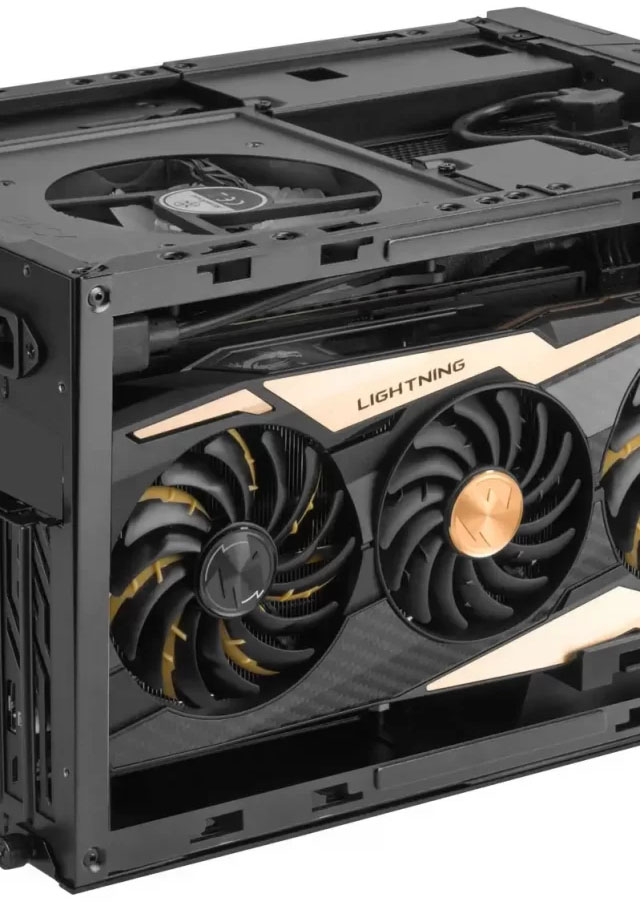HVAC Upgrades
HVAC Optimization for Better IAQ and Energy Efficiency
When it comes to healthy, efficient buildings, your HVAC system is the starting point. Coils, ductwork, dampers, and controls all play critical roles in determining how much clean air is delivered and how much energy is consumed. If any of these components underperform, both indoor air quality (IAQ) and operating costs suffer.
That’s why Smart Air Defense focuses on a complete strategy: refurbish, optimize, protect, and verify.

 Your HVAC rooftop unit (RTU) coils are the heart of your ventilation system. They drive heat exchange, airflow, and ultimately, the quality of the air your students, staff, and occupants breathe. Over time, however, coils can become clogged, corroded, and inefficient—hurting both IAQ and energy performance.
Your HVAC rooftop unit (RTU) coils are the heart of your ventilation system. They drive heat exchange, airflow, and ultimately, the quality of the air your students, staff, and occupants breathe. Over time, however, coils can become clogged, corroded, and inefficient—hurting both IAQ and energy performance.
